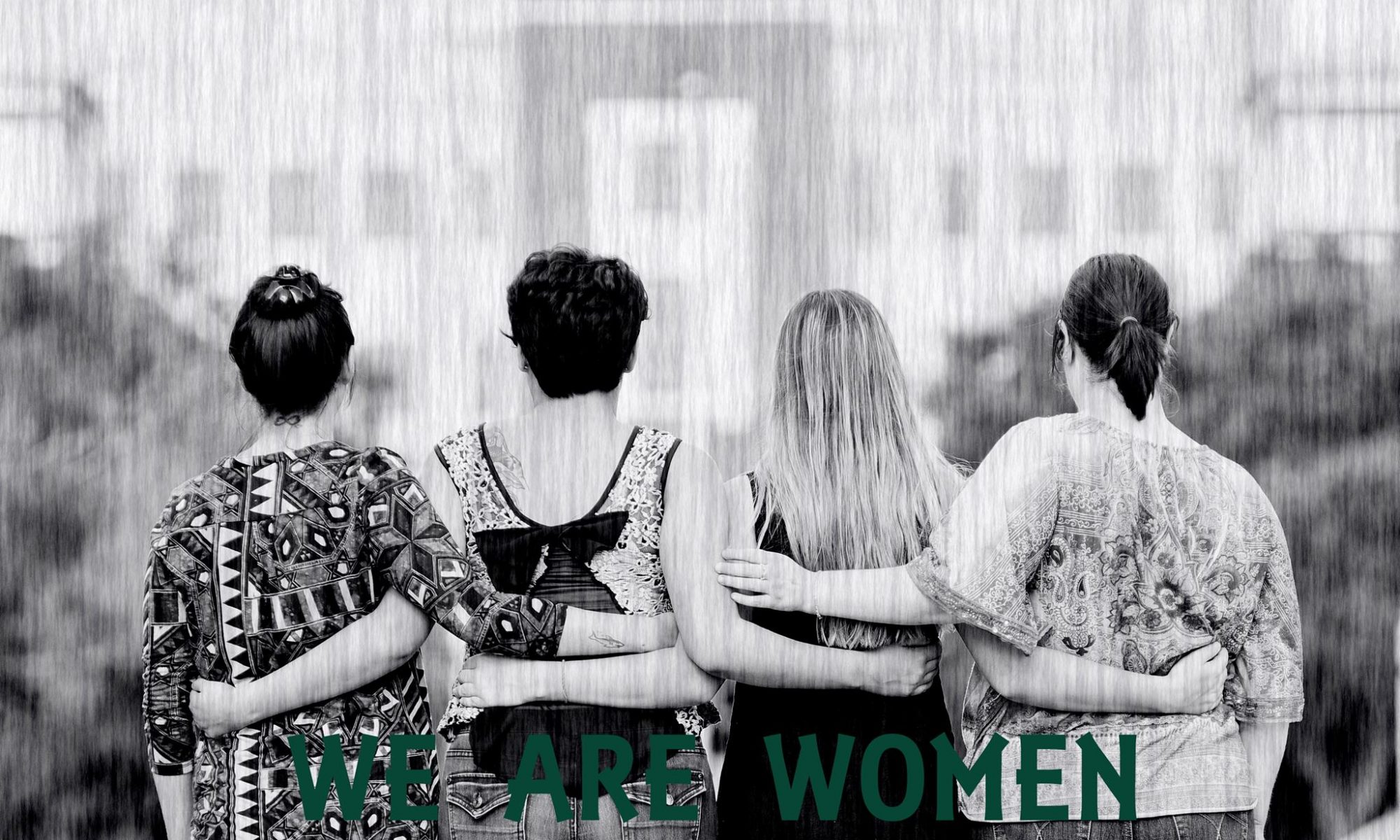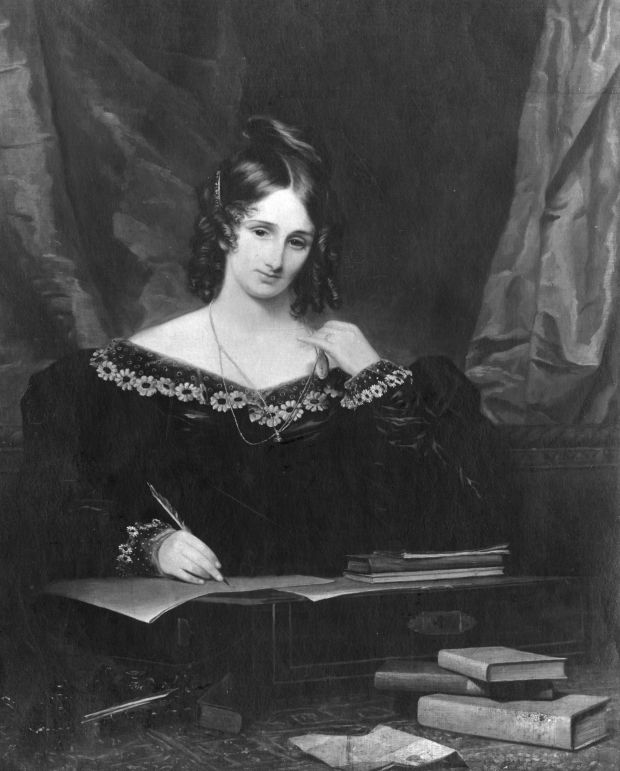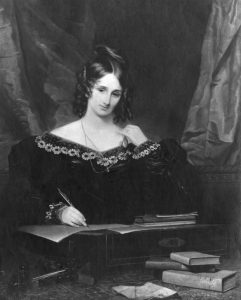
Do you see me? I don’t think you do, so let me shed some light and quote Nayyirah Waheed,”Never trust anyone who says they do not see color. This means to them, you are invisible,” and this invisibility cloak extends to gender.
I asked a simple question about women’s roles in movies. Most of the people referred to movies produced in the last two decades spanning approximately 12,000 A-listed films. From the titles listed by my family, friends, colleagues, and acquaintances, a list of about 45 movies was compiled where the woman is the strong protagonist, not a comic book character, not bitchy, and not looking for romance. People listed movies, TV series, short films that expanded well beyond A-listed films and was encompassing a base of closes 50,000 movies and only about 45 tiles could be conjured up.
On average, most people watch 5 hours of TV daily. According to IMDb since 1900 an average 2577 movies are produced per year. In the past 10 years, things have exploded from 4584 in 2005 to 9387 in 2015.
Do you see me?
In 4,370 speaking/named characters on screen (good/bad/indifferent):
100 top‐grossing films of 2015
68.6% male
31.4% female
Gender ratio of 2.2 males/1 female.
There has been no meaningful change between 2007 and 2015.
Of the 100 top films of 2007- 2015
32% depicted a female lead/co lead
5 films portrayed female leads/co leads 45 years of age or older
26 films portrayed male leads/co leads 45 years of age or older.
When you do see me, what am I?
from 2007-2015
12% Women protagonists
30.2% women in sexually revealing clothing
7.7% men in sexually revealing clothing
29% women nudity
9.5% male nudity
100 top‐grossing films of 2015
1,365 directors, writers, and producers:
81% men
19% women.
107 directors
92.5% men
7.5% women.
2007-2015 in 800 films and 886 directors
4.1% women directors
Gender ratio of 24 men/1 female.
3 Black women directors
1 Asian female director
Women-directed films had 6.8% more females on screen
Women-written films had 7.5% more females on screen
The above data is from, Stacy Smith: The data behind Hollywood’s sexism
Why is the film industry important? Because the growing body of psychological research and theory on gender and leadership note, there are role incongruities and prejudice toward females and female leaders when it comes from the social information people receive from their daily lives. Storytelling is important. Women are being left out of that history, left out of the dialogue, and portrayed in sexualized and trivialized ways. What we see on-screen and what we see in the world, does not match. Stories tell us what societies value and they offer us lessons.
Prejudice is learned, and to white men of privilege, they do not see women. Therefore, women, you need to share your stories of strength and preserve our history.
#Womeninspirechange #doclead #bywomen #WICCD
MOVIE LIST: woman is the strong protagonist, not a comic book character, not bitchy, and not looking for romance
- Helen Keller
- Corrina, Corrina
- The Blind Side
- Tracks
- Driving Miss Daisy
- Erin Brockovich
- Sister Act
- A League of Their Own
- The Help
- 9 to 5
- Mame
- Contact
- Gravity
- Hidden Figures
- Denial
- Temple Gardin
- The Iron Lady
- Elizabeth
- Anne of Green Gables
- The Legend of Billie Jean
- Joan of Arc
- Julie and Julia
- To Kill A Mockingbird
- Philomena
- Matilda
- Gorillas in the Mist
- Silkwood
- Norma Rae
- Panic Room
- “Merkel” – yet to be released
- Alien – Saga
- Victor Victoria
- Orphan Black
- Million Dollar Baby
- Silence of the Lambs
- GI Jane
- Sister Cities
- Extremities
- Dead Calm
- Brokedown Palace
- Changeling
- Mad Max: Fury Road
- Agora
- The Whistleblower






